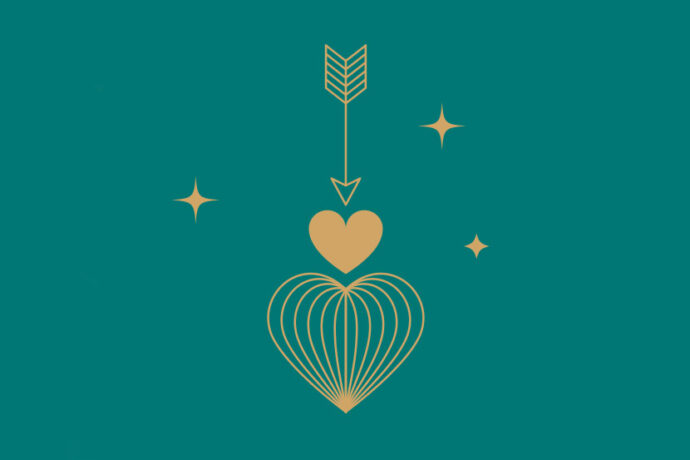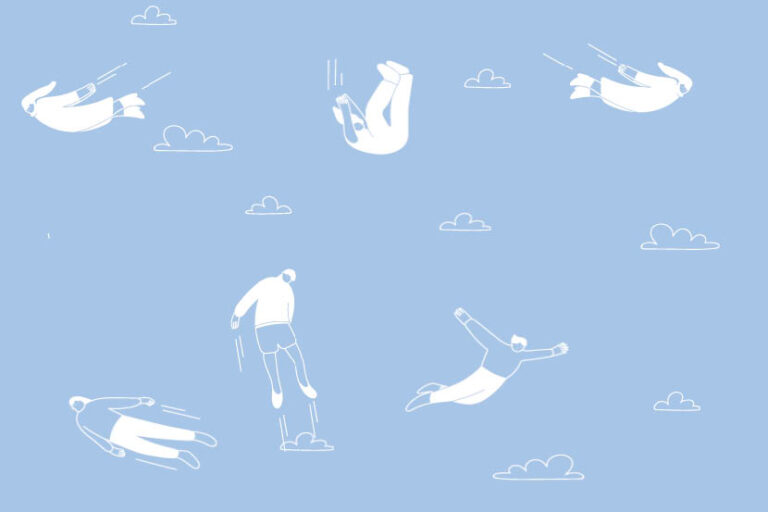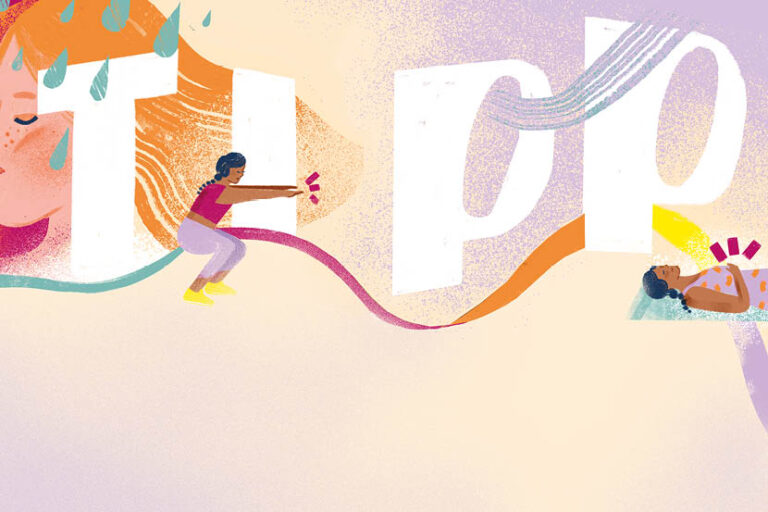
Glimmers are subtle signs of safety that can soothe your nervous system and reconnect you with a sense of calm. How to tune into micro-moments of goodness.
‘Glimmers are micro-moments of regulation that foster feelings of wellbeing’ – Deb Dana
On the riverbank, the sun beats down from a cloudless sky. A strangely familiar, floral aroma – like overripe fruit – engulfs me with feelings of safety and peace. I track it to the water’s edge, where an exotic-looking plant thrusts orchid-like flowers from leafy stems. A seedpod explodes as I brush past, flinging its contents and scent into the air and, suddenly, I’m back with my dad, fishing in the early-morning light and popping the seedpods of (what I now know to be) the Himalayan balsam, witnessing the artworks of dew-covered spiderwebs and listening to the sounds of birdsong and the gently flowing river.
The portal of sensory memory
The memory of these childhood mornings – and the feeling of serenity they brought me – had been stored in my nervous system. The scent of the Himalayan balsam opened them up like a portal. These shortcuts to moments of joy, peace, and other positive emotions are glimmers – a term coined by Deb Dana, a clinician, consultant and lecturer specialising in complex trauma. While triggers are widely understood as signals to the nervous system of a potential threat, fewer people have heard of their opposite. Glimmers cue feelings of safety and calm. They are, Deb says, ‘micro-moments of goodness’.
How glimmers can calm the nervous system
Like many therapists, Deb found herself focused on suffering, observing the way that biology holds moments of trauma, poised – much like those seedpods – to release feelings of dysregulation and overwhelm. Yet she wanted to share that the nervous system is also, in her words, ‘beautifully created to supply a never-ending stream of glimmers’. In addition to resolving cues of danger, these micro-moments are key to teaching the nervous system to experience safety and connection. They are crucial to wellbeing.
The body’s built-in surveillance
The nervous system is conditioned to look for threats. It’s continually paying attention to what’s going on in and outside the body, listening for signals of danger and safety, picking up on cues from thoughts, internal organs and systems, and changes in the environment. This is all happening under the radar of conscious awareness.
According to the body’s findings, it navigates through the levels of the autonomic nervous system. Indications of safety provide access to the ventral vagal system, which runs upward from the diaphragm area to the brain stem, crossing over nerves in the lungs, neck, throat, and eyes. This is where health, growth, and restoration are possible. A perceived threat sets off a regression down the evolutionary ladder to the survival responses of the sympathetic fight-or-flight response or even – where mobilisation is judged ineffective – the dorsal system (freeze, collapse response).
Training your awareness to notice goodness
Humans have a built-in bias towards negativity to ensure survival, so a person is more likely to be aware of triggers than glimmers. It takes conscious effort to notice those moments of beauty, peace, and joy that regulate the nervous system. The good news is that it’s possible to coax and cultivate these faint and wavering glimpses of resourceful feelings or qualities.
Where glimmers come from
Glimmers can come from any sensory experience that boosts the ventral vagal energy, however briefly. It might be the smell of a favourite meal, the smile of a stranger, a beautiful sunset, the texture and smell of clean bed sheets, a warm hug, or the sound of birdsong. They can pop up and surprise, but it’s also possible to seek out glimmers throughout the day and even conjure them from memory.
Making a practice of glimmers
Deb describes ‘different flavours of glimmer’. Some might feel magical, like the hummingbird that greeted Deb at breakfast one day, while others offer safety, peace, or joy.
Through the practice of noticing, naming, and collecting glimmers (see overleaf), these sparks are fanned into a glow, as the moment is held and extended, strengthening connection to ventral-vagal regulation. This, in turn, deepens the experience. Glimmers will, of course, vary from person to person. But identifying and cultivating those that best soothe and satisfy you can help to bring moments of calm into even the most chaotic of times.


















